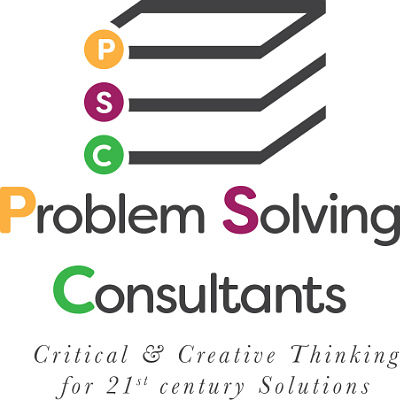Our nation has been dealing with some hot button topics of late, with increasingly violent rhetoric unchecked and tragic consequences occurring. Our concern is to find an appropriate forum where reasonable adults can come together and FINALLY engage in collaborative problem solving. My challenge to today’s organization and business leaders – are you up to the task?
Why do I challenge you? Logic tells us that organizations and businesses cannot thrive in communities where the physical safety of individuals and businesses is in jeopardy.
How can you contribute to a reasonable goal directed dialog? First, business leaders can be good role models of active listening. As we’ve discussed via this blog, name calling and finger pointing are useless when it comes to correctly identifying the root cause of a problem.
Second, business leaders can serve as voices of moderation. Problem solving cannot take place when people refuse to engage in effective communication. Creating opportunities within your organizations where diversity of opinion can be heard and respected will have far reaching effects. The people involved will talk about how they were able to express themselves, be heard, and be respected. Modeling emotional correctness does good things for all involved.
Many will simply note that you’re only engaging in this conduct because you want to increase your bottom line. True, but your bottom line can’t and won’t improve unless the toxic atmosphere in this country is addressed. Engaging in reasonable conversation will improve your ability to resolve issues responsibly. Tell me what business won’t benefit from more reasoned dialog on a local, national, and global level?
For the naysayers – my question to them would be why are they continuing to be part of the problem rather than the solution?
Business leaders – are you up to the challenge?
